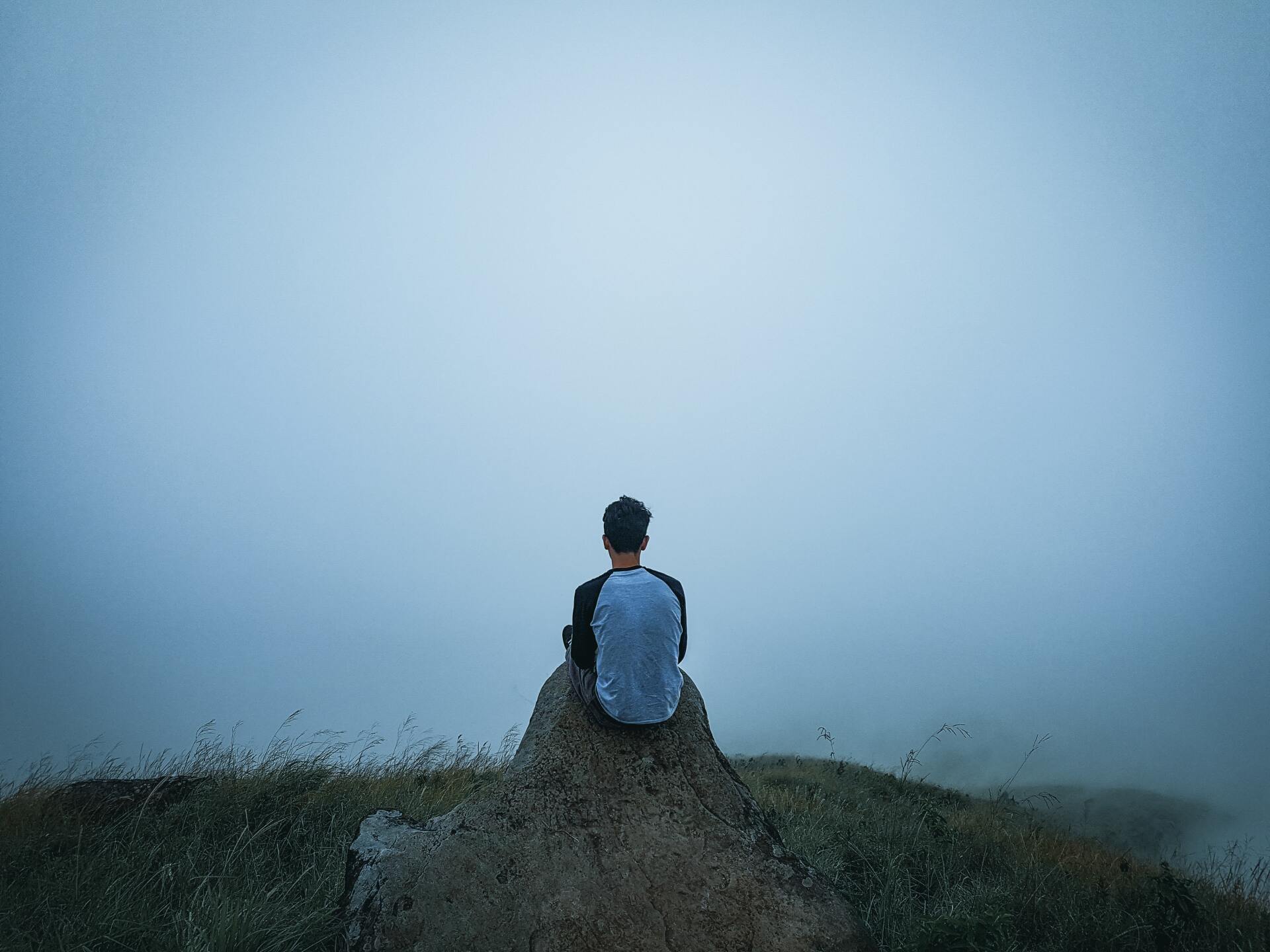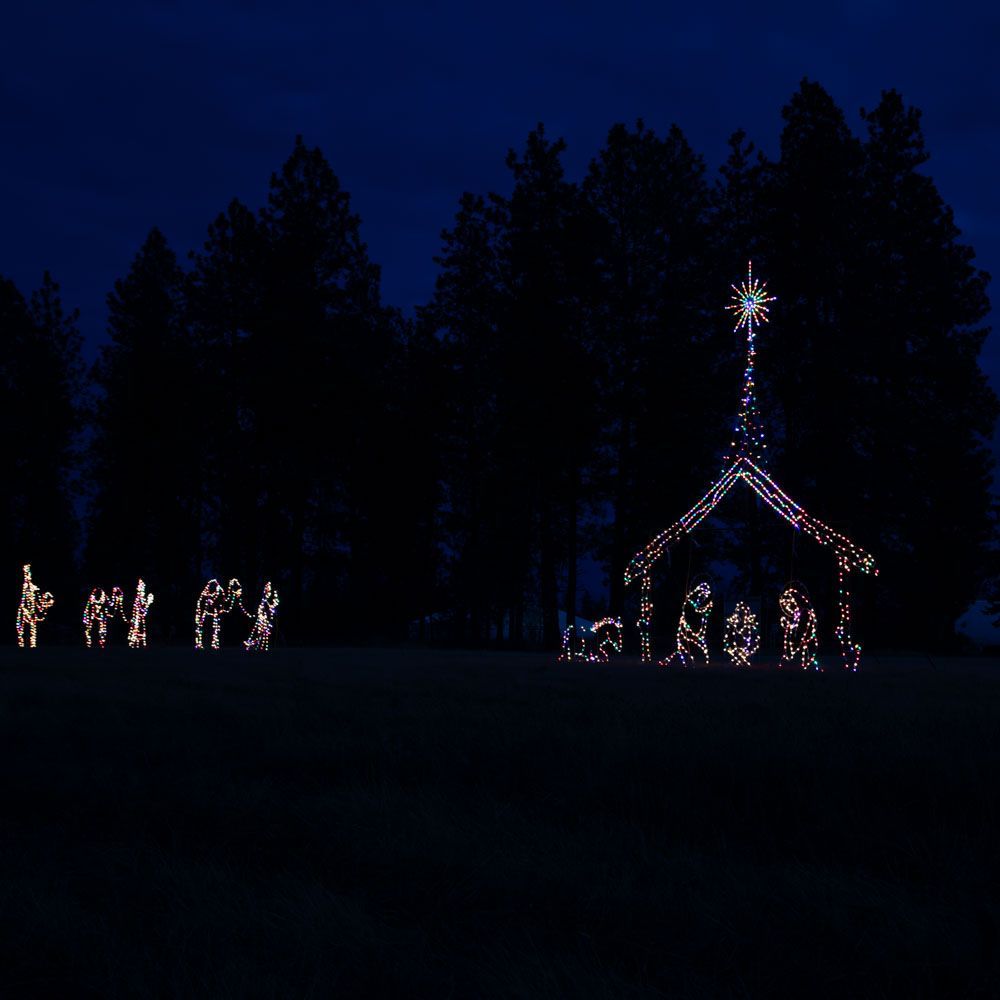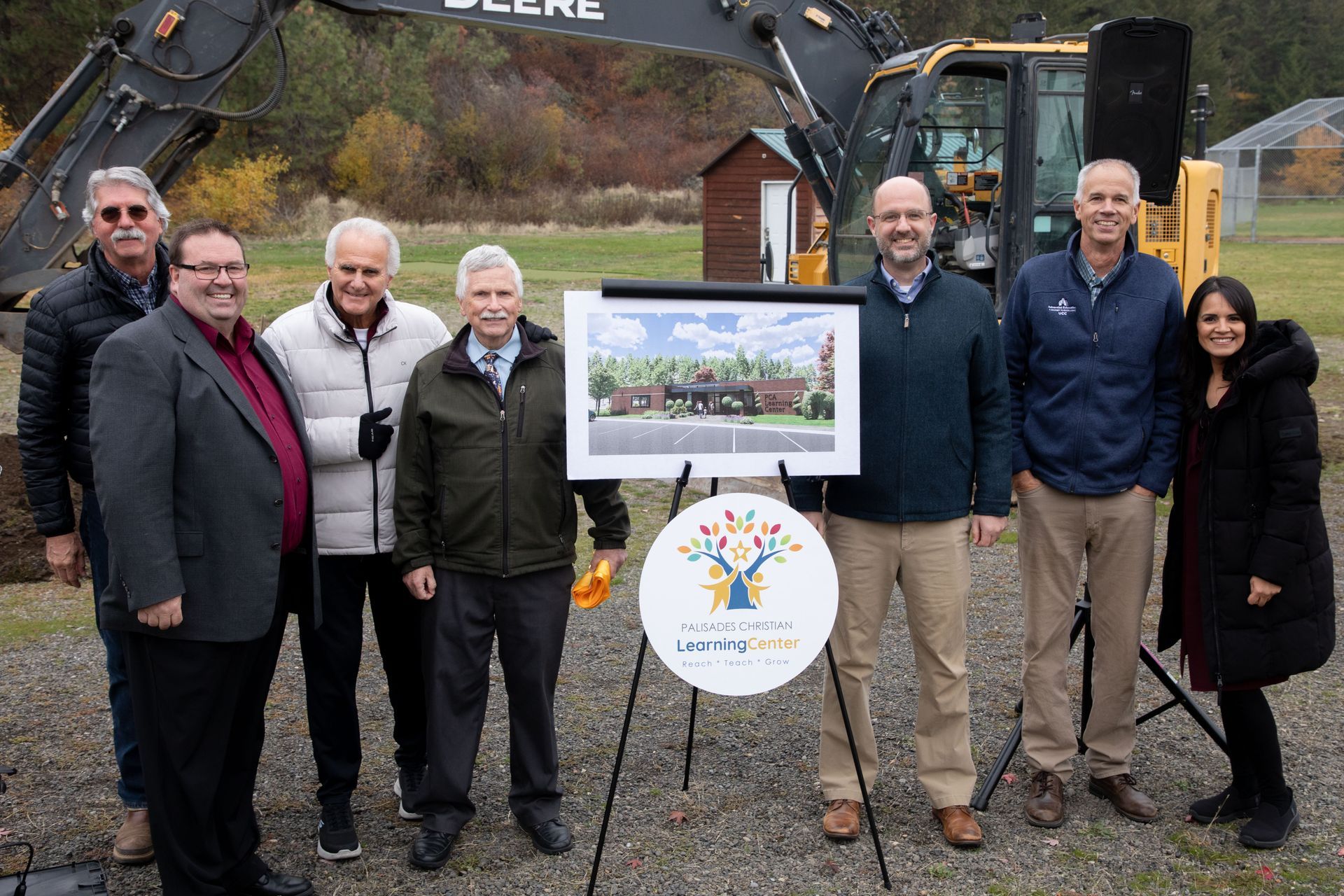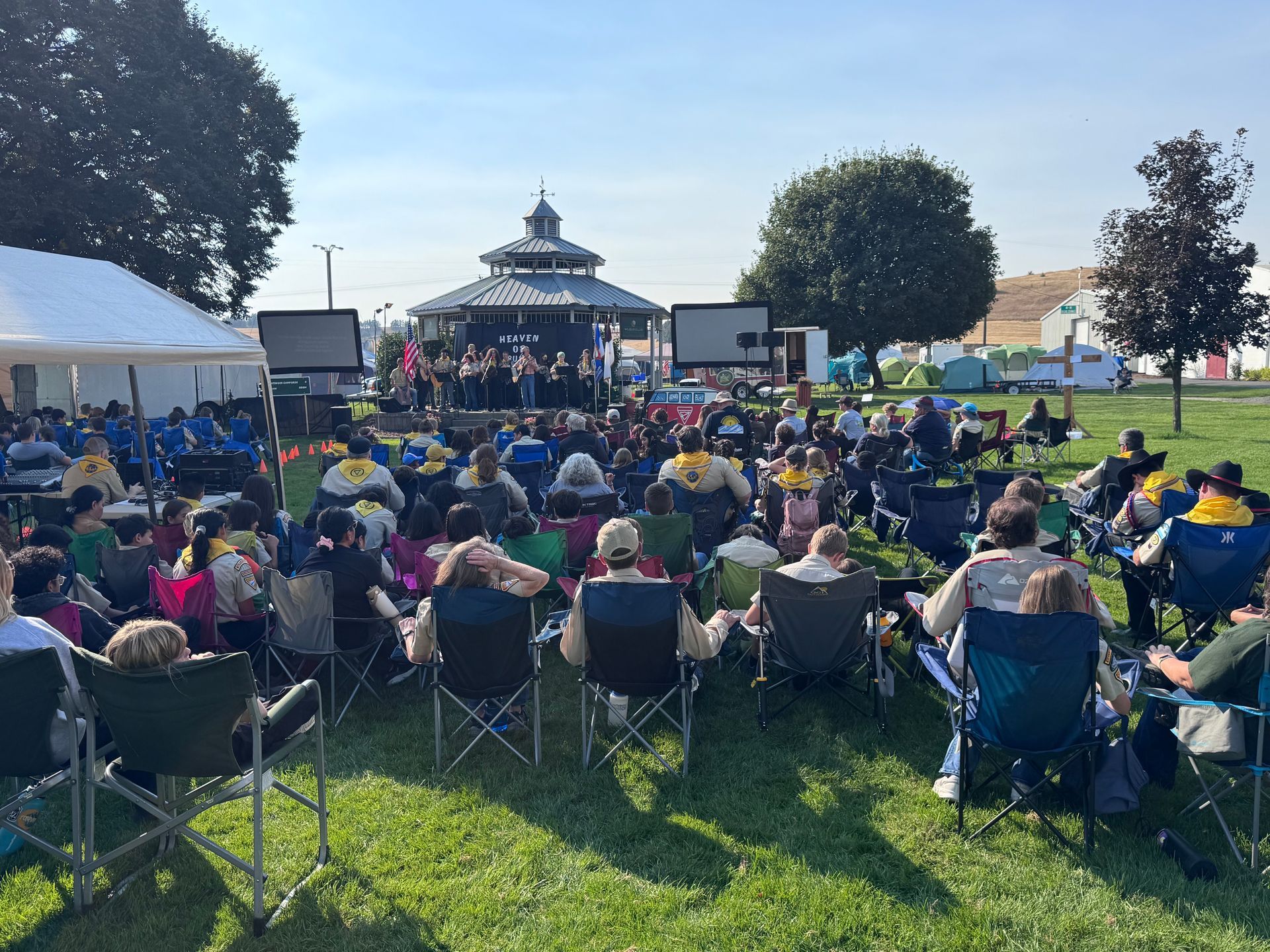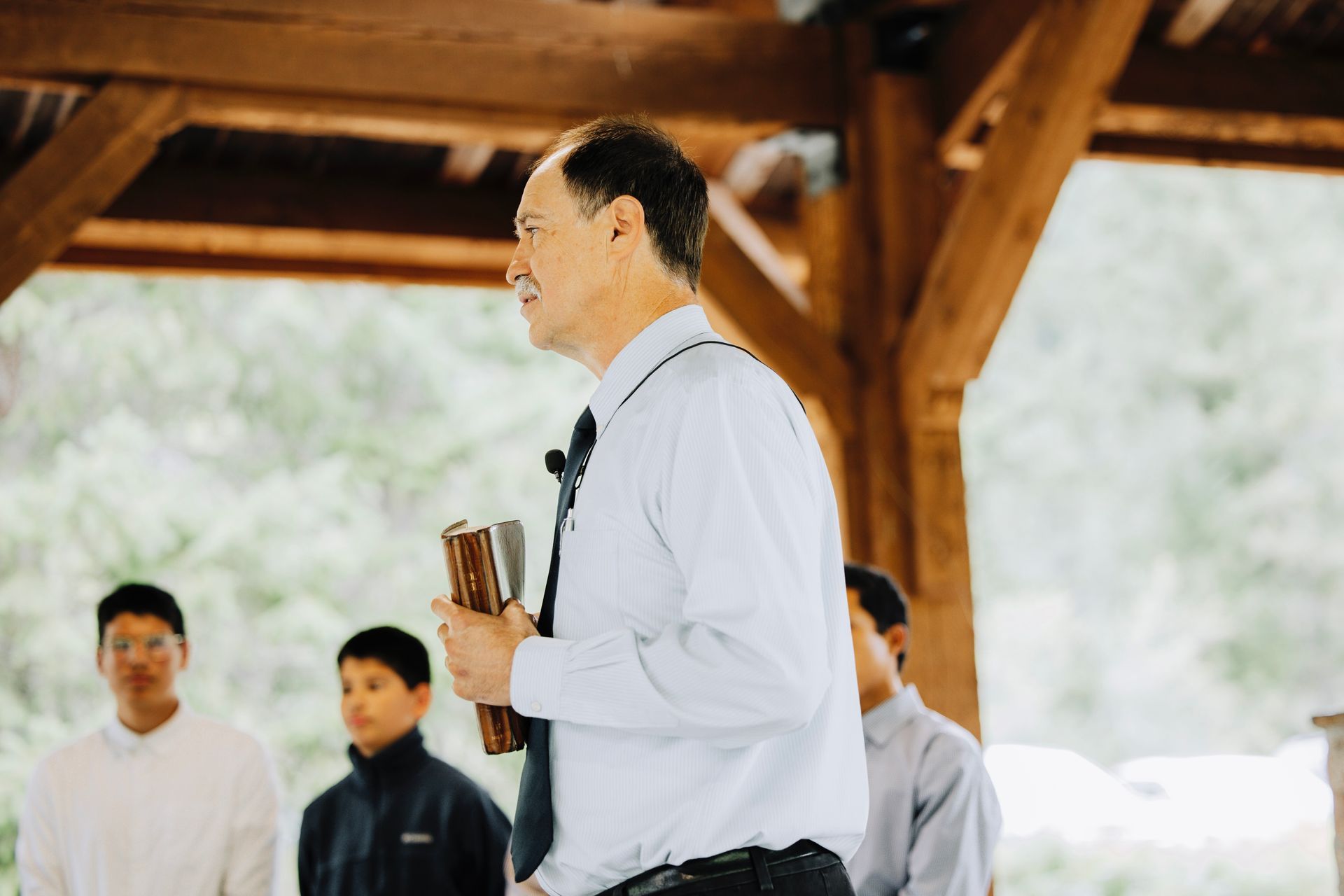Is it Winter Blues or Feeling SAD?
Many people go through short periods of time where they feel sad or not like their usual selves.
By Cindy Williams, RN
Coordinator, Health Ministries
Ever heard of the “winter blues”? Feeling down during the long, dark days of late fall and winter? Maybe you have felt this way in the past or are currently experiencing it.
Many people go through short periods of time where they feel sad or not like their usual selves. Sometimes, these mood changes begin and end when the seasons change. People may start to feel down when the days get shorter and begin to feel better in the spring as daylight hours increase. In some cases, these mood changes are more serious and can significantly affect daily activities. It may mean you are suffering from seasonal affective disorder (SAD), a type of depression. SAD is not your typical “winter blues.”
SAD is characterized by symptoms of depression that follow a recurrent seasonal pattern with symptoms lasting four to five months a year. Most people with SAD experience symptoms during the fall and winter. The symptoms include those commonly associated with major depression such as feeling depressed most of nearly every day, losing interest in things you normally enjoy doing, disturbed sleep, changes in appetite or weight, low energy, feeling hopeless, and having difficulty concentrating. Winter-pattern SAD symptoms may also include sleeping too much, eating too much (especially carbohydrate “comfort” foods), and feeling like hibernating.
The rate of people experiencing winter SAD is significantly higher in more northern latitudes – like we have here in Upper Columbia Conference. The northern latitudes have much shorter daylight hours during the winter. It is also more common in people who already struggle with a major depressive disorder, bipolar disorder, ADD/ADHD, and other mental health disorders.
Scientists don’t know the exact causes of SAD but believe that it may be related to an imbalance in certain hormones made in the hypothalamus of the brain. Melatonin may be being produced in higher than normal amounts – making people feel sleepy. Serotonin affects your mood, appetite and sleep and it may be produced in smaller amounts when there is a lack of sunlight. Our bodies also use sunlight to time various functions so the lower light levels may disrupt our body clock and lead to symptoms of SAD.
At this point you may be tempted to head south for the winter! Next week we’ll look at some ways to counter and treat SAD that don’t involve moving to a new location.
References
https://www.webmd.com/depression/guide/seasonal-affective-disorder#1
https://www.nhs.uk/conditions/seasonal-affective-disorder-sad/
This article is part of a continuing series of health during these COVID times. For other articles, please see www.uccsda.org/healthministries.
Photo by Adi Yusuf on Unsplash


